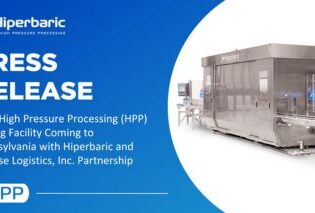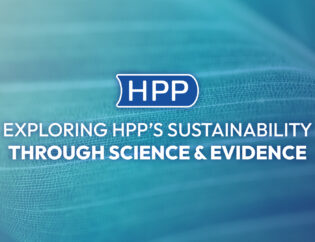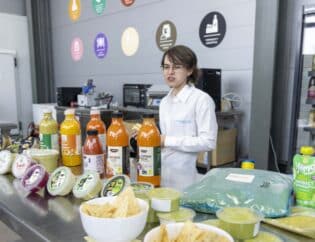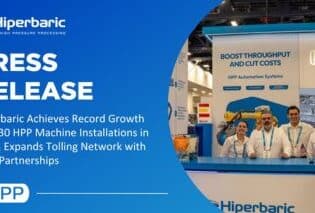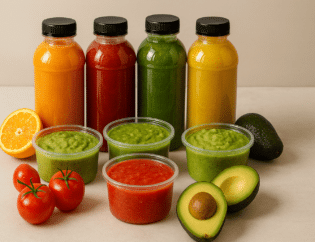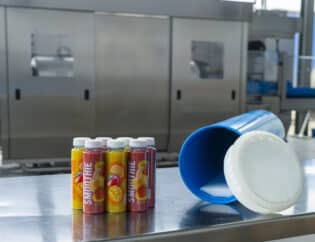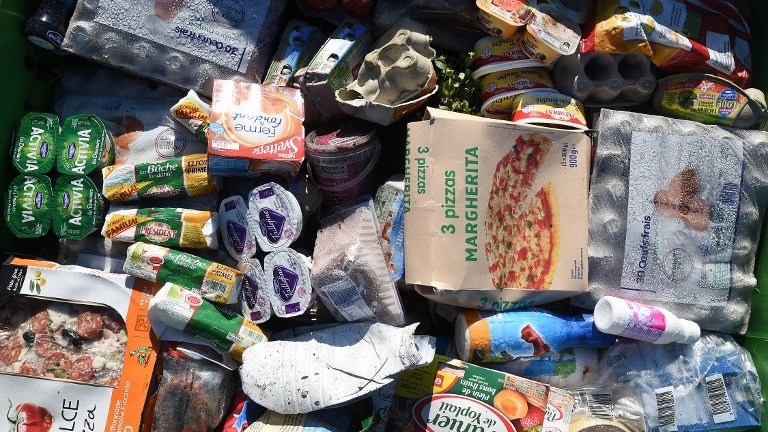

Did you know that consumers throw away about 1.3 billion tonnes of edible food annually? In addition, food manufacturers lose about $940 billion a year due to food waste. The repercussions are not only economical but environmental as well. In this article, we discuss the food waste problem and how High Pressure Processing (HPP) can help solve it.
Food waste is a serious global problem that affects everyone, and has devastating consequences worldwide.
It’s reported that we throw away about 1/3 of our daily food and this happens in millions of households around the globe, which is equivalent to an annual waste of approximately 1.3 billion tons.
Food Waste: A Global Issue
Let’s take the problem to its root. Daily, we have access to a variety of foods that travel the world to reach our local supermarkets. In this journey, a lot of food is lost and wasted. The Food and Agriculture Organization of the United Nations (FAO) defines food waste as: “The decrease in quantity or quality of food resulting from decisions and actions by retailers, food service providers and consumers”. Whereas, the term food loss refers to food that is lost in earlier stages of production, for example in harvest and transportation.
In developing countries, more than 40% of the food losses take place in the post-harvest and processing stages. In developed countries, that same percentage occurs in retail and consumption. Consumers in industrialized countries waste almost the same amount of food (222 million tons) as the total net food production in sub-Saharan Africa (230 million tons).
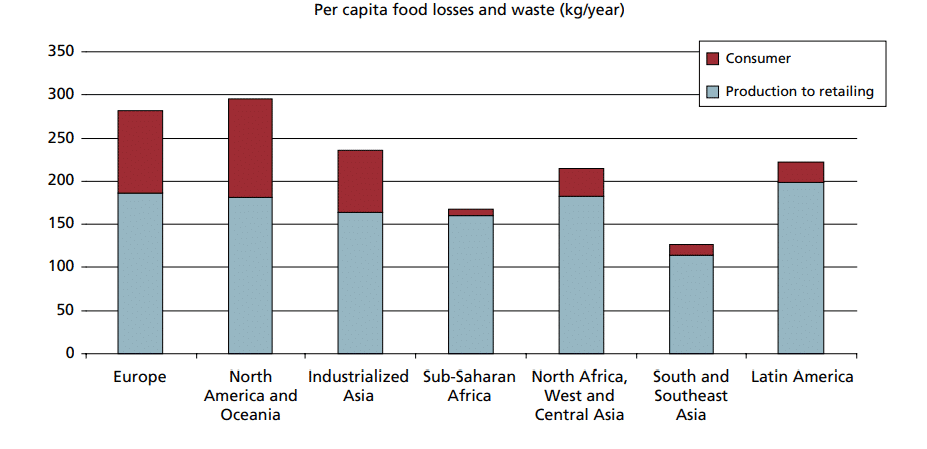
The per capita amount of food wasted by consumers is 95 kg (210 lbs) to 115 kg (250 lbs) / year in Europe and North America. In sub-Saharan Africa and Southeast Asia only 6 kg (13 lbs) to 11 kg (25 lbs) / year is wasted (Source FAO Report, 2018).
It is estimated that food waste could rise by almost to a third by 2030, when more than 2 billion tonnes will be accumulated. This reality is also tougher to digest when experts say that just in the U.S there are about 35 million tons of food thrown away each year. This info-graphic from our customer Universal Pure gives a good visual explanation about the current food waste problem in the United States.
Food Waste Consequences
This problem is also linked to environmental and economic issues. According to Climate News worldwide, food waste contributes to 8% of greenhouse gases annually. If the uneaten food were a country, it would be the third world producer of greenhouse gas after the US and China, with a total of 3,300 million tons of CO2 per year.
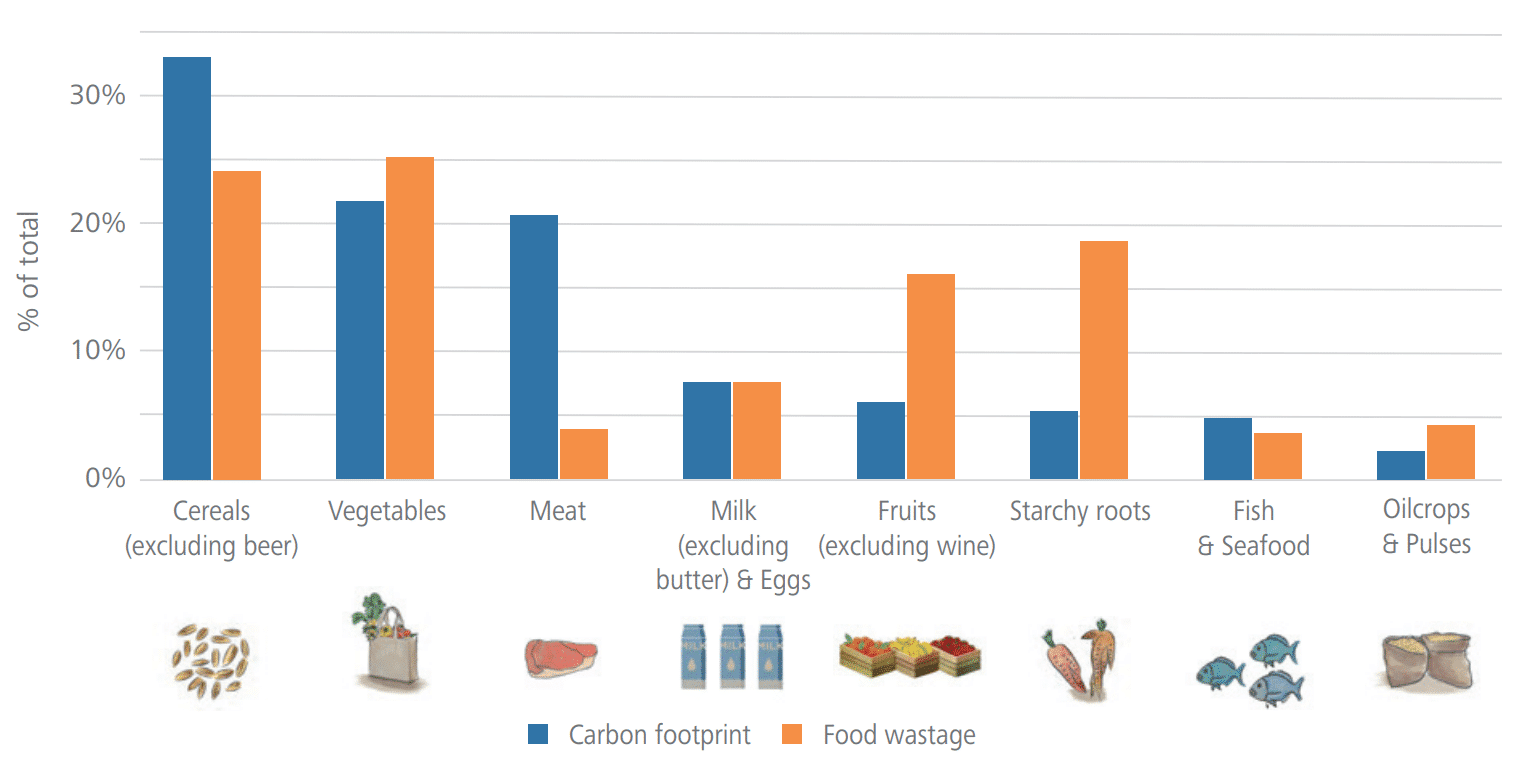
This is not only an environmental problem but also a financial problem… Ultimately, the world economy takes a big toll of $940 billion per year while losing one-third of the food production that goes to waste.
Can High Pressure Processing be a viable solution for the Food Waste problem?
The High Pressure Processing (HPP) industry joins this fight by encouraging suppliers and service providers to focus on quality and sustainability. HPP uses pressure instead of heat to inactivate both pathogens and spoilage microorganisms, extending the product shelf-life for weeks or even months, under refrigeration, and maintaining the nutritional properties of food. This makes HPP an alternative solution to help with the food waste problem.
How can HPP minimize food waste?
Indeed, we all waste food, and at times, more than we perceive. Although awareness is growing, the majority of consumers throw away perfectly edible food.
It is imperative to take a stand, and put in place programs and food systems that promote the availability and accessibility of fresher and more nutrient-dense foods for everyone. High Pressure Processing (HPP) offers a non-thermal process that can deliver upon the much-needed change.

For example, the annual orange juice consumption per person in the United States was estimated to be around 10 liters in 2018-2019. To achieve this demand, millions of tons of fruits are lost in fields, warehouses, packaging, distribution, supermarkets, restaurants, and so on.
By applying HPP to fresh juice, the waste would be minimized, since the product shelf-life would be extended. At the same time, consumer’s preferences for a natural, healthy and clean label product would still be met. This technology helps to retain the sensorial and nutritional characteristics of food, without the need to add preservatives. In this study, Navel orange juice was processed at 6000 bar for 60 seconds and obtained a shelf-life of more than 84 days, under refrigerated storage.
By extending the shelf-life of products, HPP technology aids to modify or eliminate traditional store practices. For example, instead of replenishing products every two or three days, they can do it every week or month. In addition, it is also possible to combine HPP technology with sustainable packaging solutions.
All in all, HPP technology is in line with the fundamental objective pursued by all strategies defined to alleviate this global problem, that is, to prevent food waste by promoting a real change of attitudes and work procedures, reducing environmental pressures and contributing to a more sustainable production and consumption model.
To celebrate World Food Day, Hiperbaric has collected and donated to a local institution to help and support those in need. We invite you to join this solidarity wave and collaborate with your local food banks.
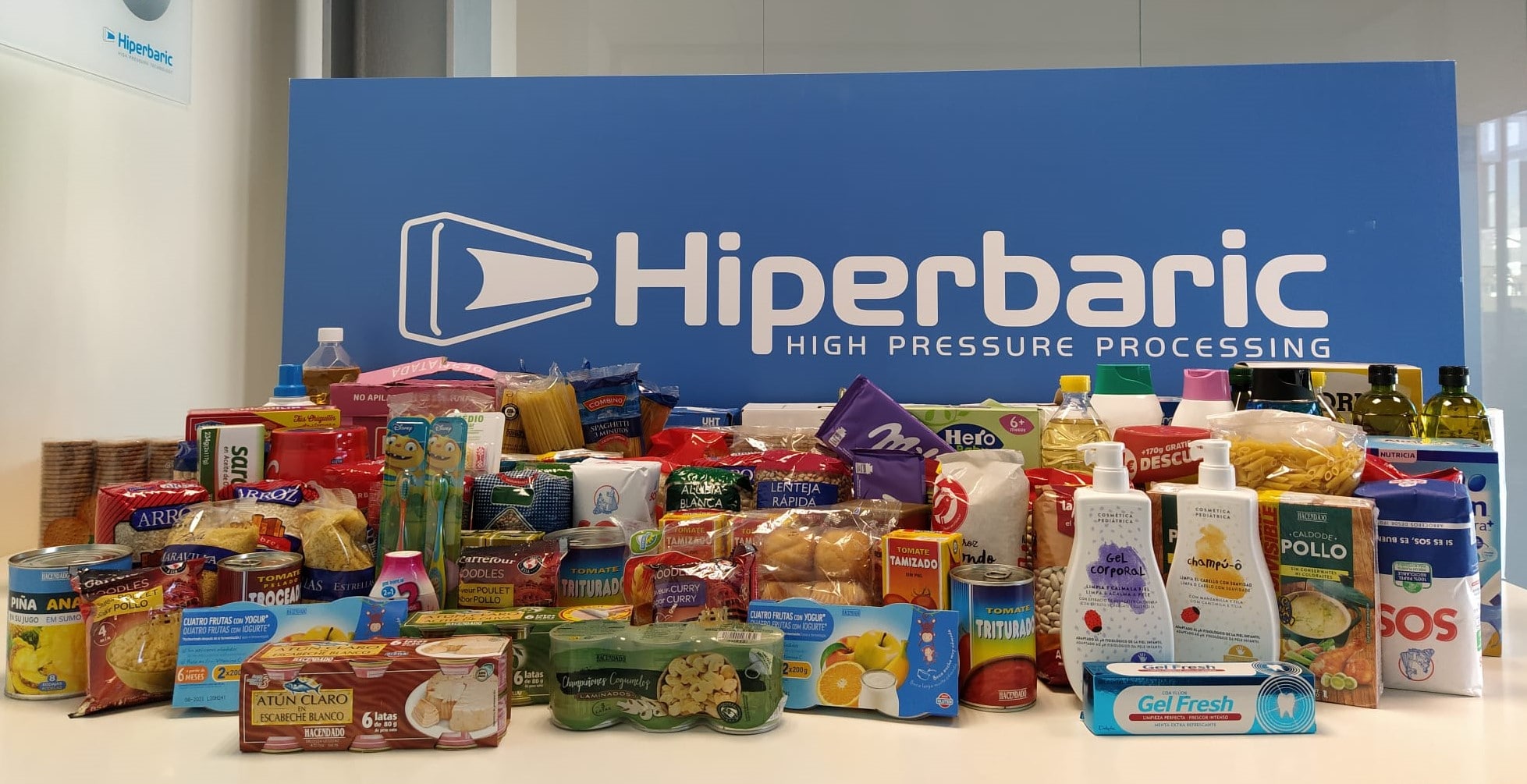
If you want more information about how high pressure processing can help you reduce food waste, do not hesitate to contact us.




